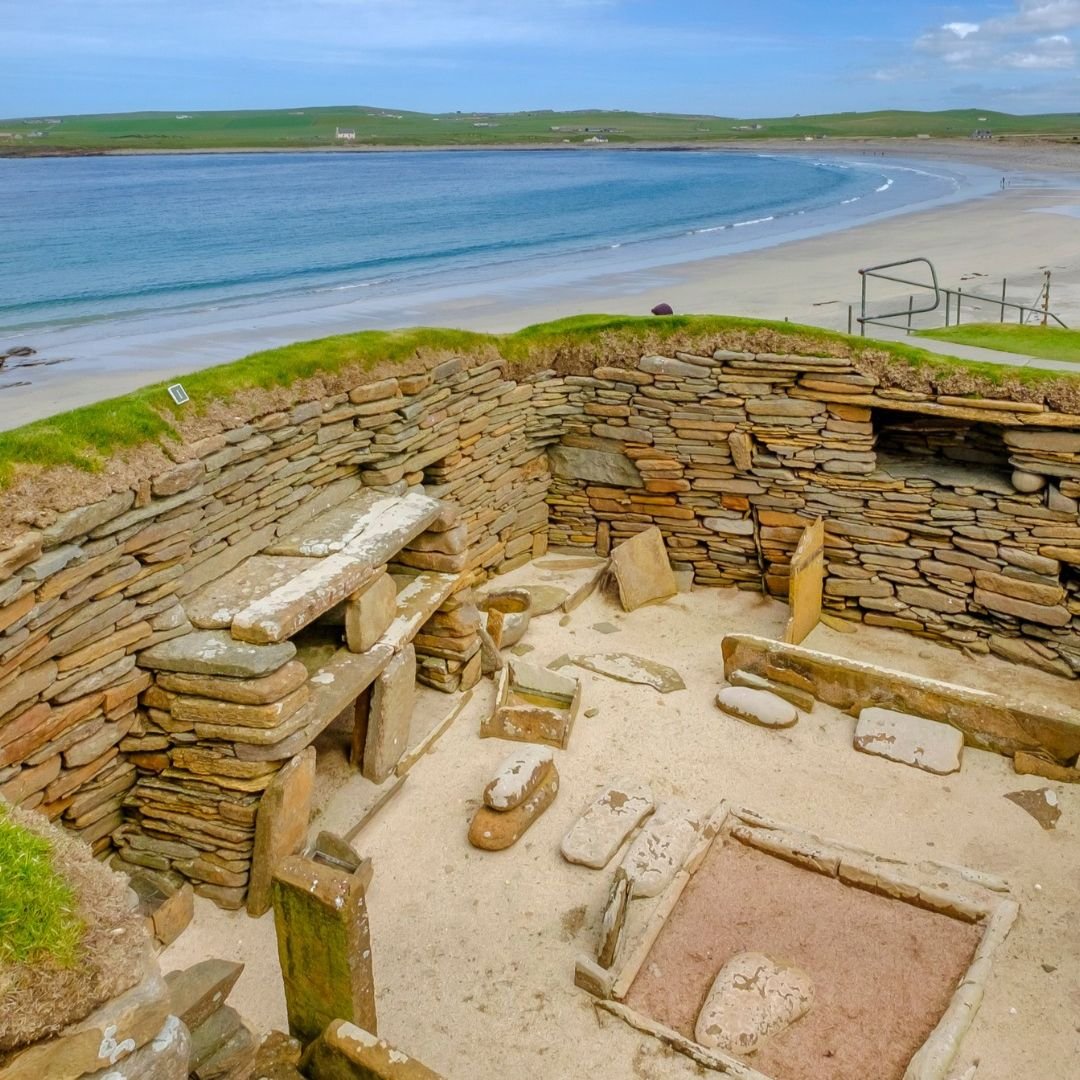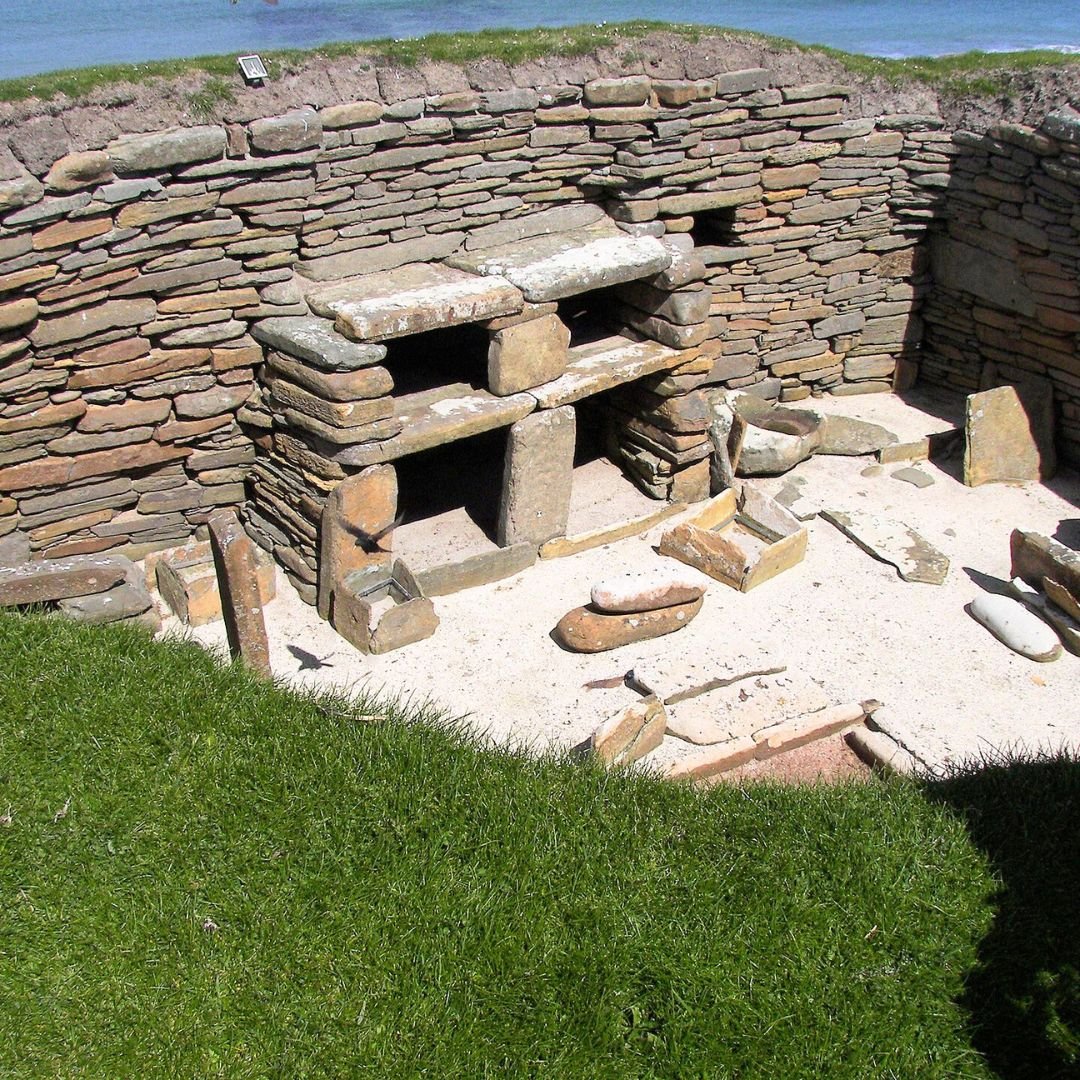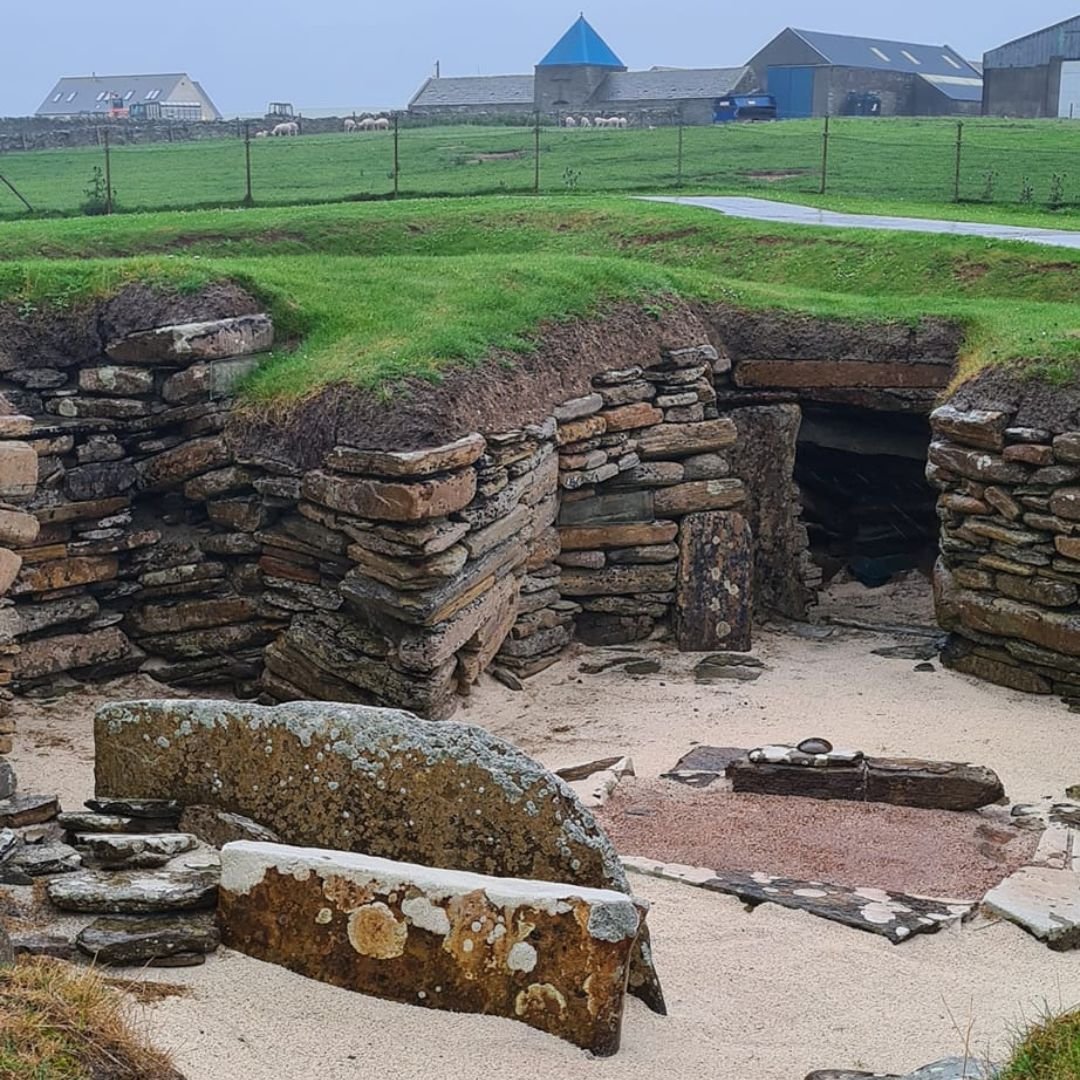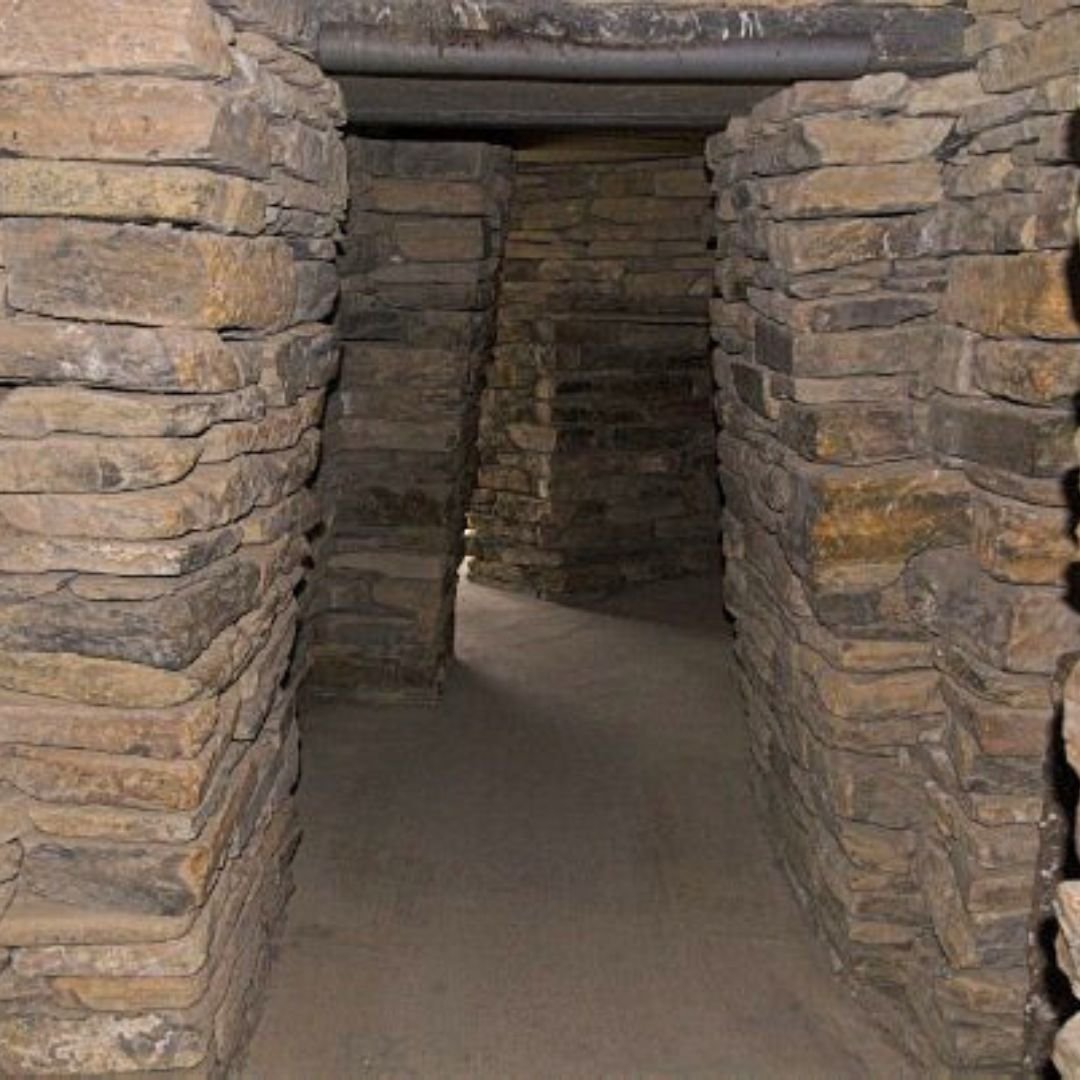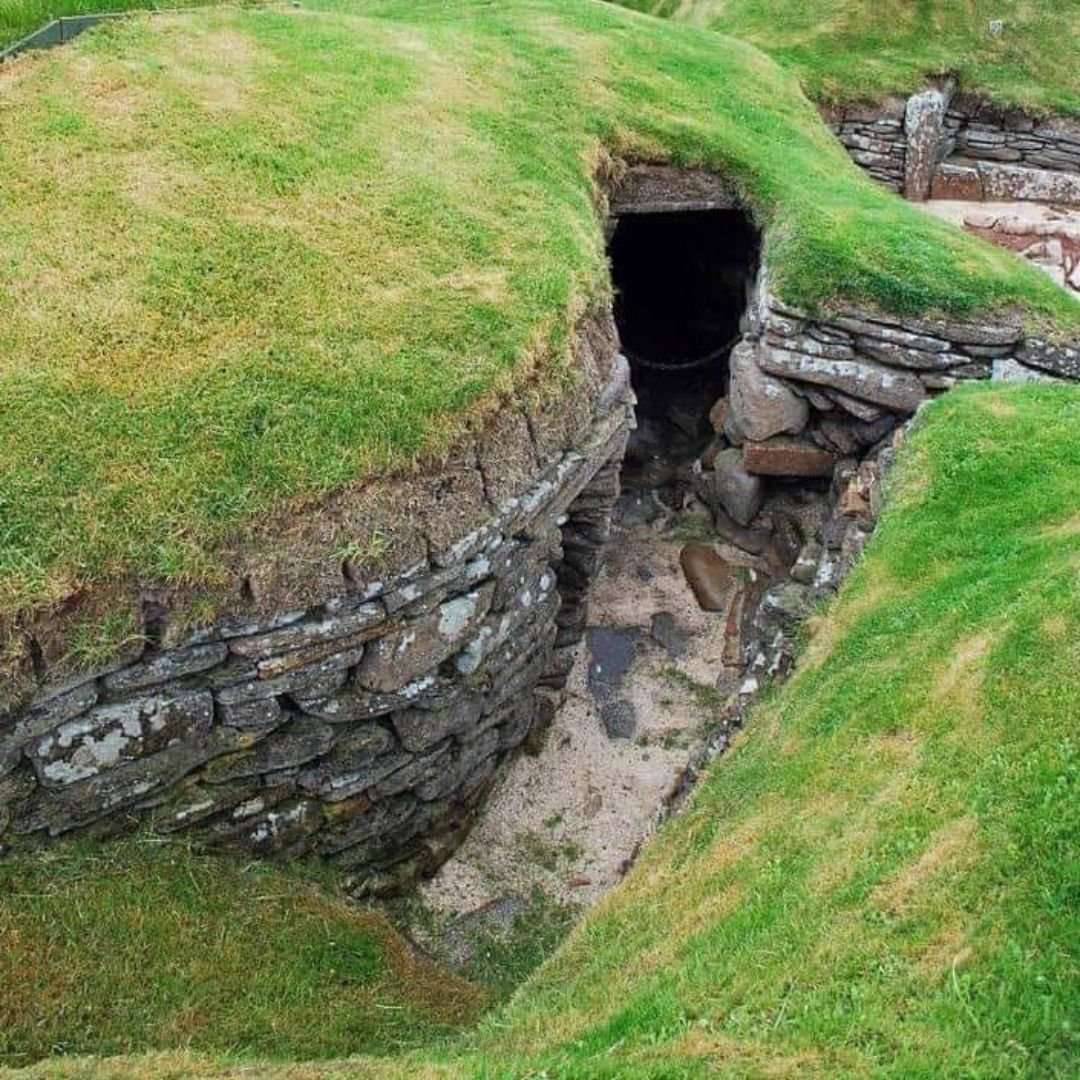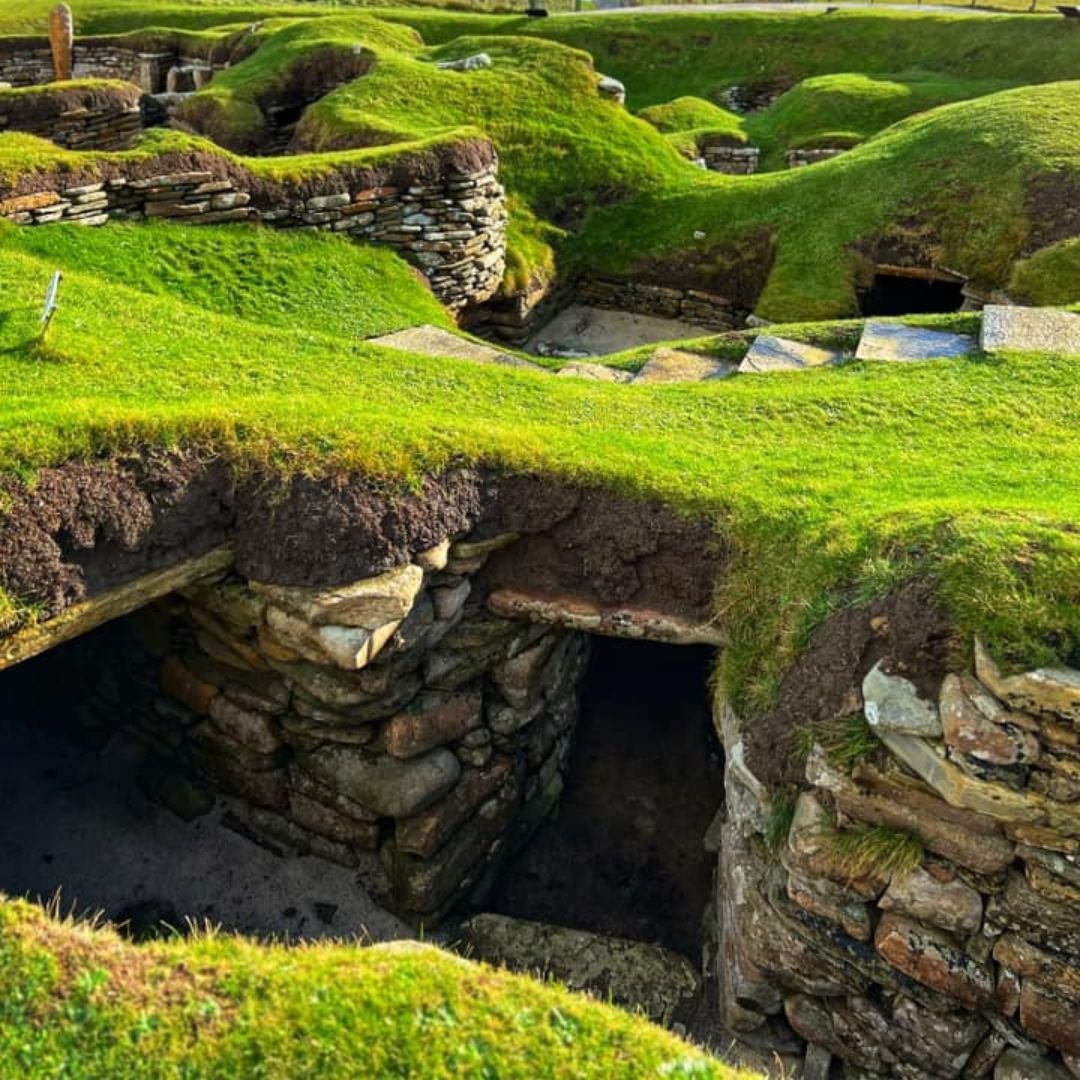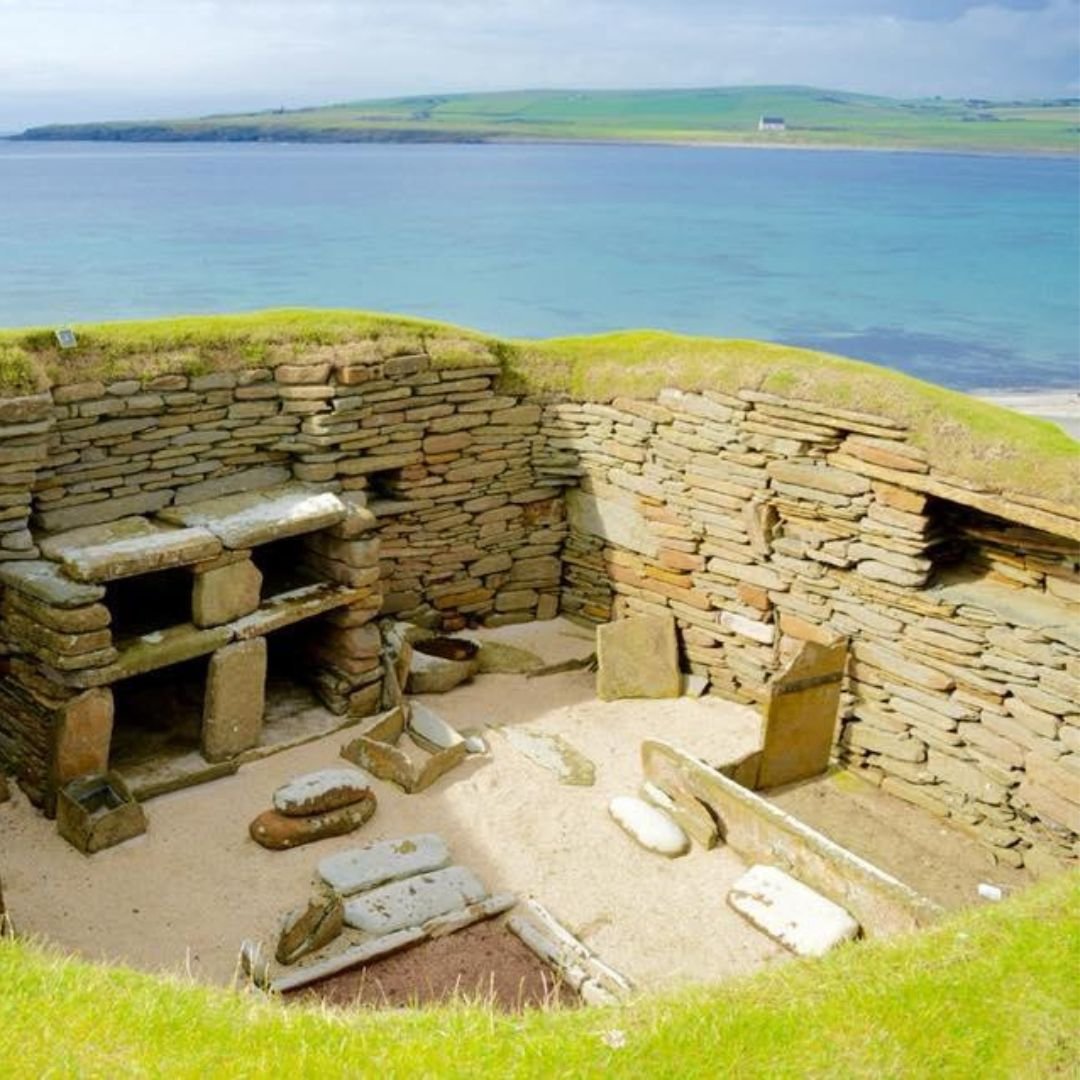Skara Brae: Best-Preserved Neolithic Village In Northern Europe
Uncovered by a storm in 1850, Skara Brae in Scotland gives a remarkable picture of life 5,000 years ago, before Stonehenge was built.
Archeologists estimated that 100 people lived in this village named Skara Brae, the "Scottish Pompeii."
The houses were connected to each other by tunnels, and each house could be closed off with a stone door.
Today, visitors can explore this prehistoric village and see ancient homes fitted with stone beds, dressers and seats.
A replica house allows you to explore its interior, while the visitor centre provides an opportunity to see artefacts discovered during archaeological excavations.
There is a lovely cafe and a well stocked gift shop selling locally-made souvenirs and crafts onsite too.
Northern Europe’s best-preserved Neolithic village
The Neolithic village of Skara Brae was remarkably discovered in the winter of 1850.
Wild storms ripped the grass from a high dune known as Skara Brae, beside the Bay of Skaill, and exposed an immense midden (refuse heap) and the ruins of ancient stone buildings.
The discovery proved to be the best-preserved Neolithic village in northern Europe. And so it remains today.
Skara Brae was inhabited before the Egyptian pyramids were built, and flourished for centuries before construction began at Stonehenge.
It is some 5,000 years old. But it is not its age alone that makes it so remarkable and so important…
It is the degree to which it has been preserved.
The structures of this semi-subterranean village survive in impressive condition. So, amazingly, does the furniture in the village houses.
Nowhere else in northern Europe are we able to see such rich evidence of how our remote ancestors actually lived.
The profound importance of this remarkable site was given official recognition in 1999 when it was inscribed upon the World Heritage List as part of the Heart of Neolithic Orkney World Heritage Site.
All the houses here are well-built of closely-fitting flat stone slabs.
They were set into large mounds of midden (household refuse) and linked by covered passages. Each house comprised a single room with a floor space of roughly 40sq m.
The ‘fitted’ stone furniture within each room comprised a dresser, where prized objects were probably stored and displayed, two box-beds, a hearth centrally placed and small tanks set into the floor, perhaps for preparing fish bait.
Seven of the houses have similar furniture, with the beds and dressers in the same places in each house.
The dresser stands against the wall opposite the door and is the first thing seen by anyone entering the dwelling.
Each of these houses had a larger bed on the right side of the doorway and a smaller one on the left.
A rich array of artefacts and ecofacts has been discovered during the various archaeological excavations.
They include gaming dice, hand tools, pottery and jewellery (necklaces, beads, pendants and pins). Most remarkable are the richly carved stone objects, perhaps used in religious rituals.
The villagers were farmers, hunters and fishermen, capable of producing items of beauty and sophistication with rudimentary technology.
No weapons have been found and the settlement was not in a readily defended location, suggesting a peaceful life.
Most of the artefacts are now on view in the visitor centre, a short walk away.
Village life appears to have ended around 2,500 BC.
No one knows why. Some argue that it was because a huge sandstorm engulfed their houses, others that it was more gradual.
As village life came to an end, new monuments were beginning to rise up on mainland Orkney, including most importantly the chambered tomb at Maes Howe and the impressive stone circles at the Ring of Brodgar and Stenness.
Very occasionally the property has to close at short notice due to adverse weather conditions or other reasons out with our control.
Please check the Historic Scotland closures page for any unexpected site closures.
Someone who recently visited the site said: “This was a bucket list item and very much worth it.
“The scenery is stunning, the site is appropriately organised to allow tourists to view things at close range without compromising the site for the future.
”The visitors centre was beautifully done to display the artefacts that had been found there.”
If you’d like to visit, we recommend booking online in advance for the best price and to guarantee entry.
Be warned that it can become very busy during the holidays and summer months.
If you enjoyed this blog post, please follow Exploring GB on Facebook for daily travel content and inspiration.
Don’t forget to check out our latest blog posts below!
Thank you for visiting Exploring GB.

